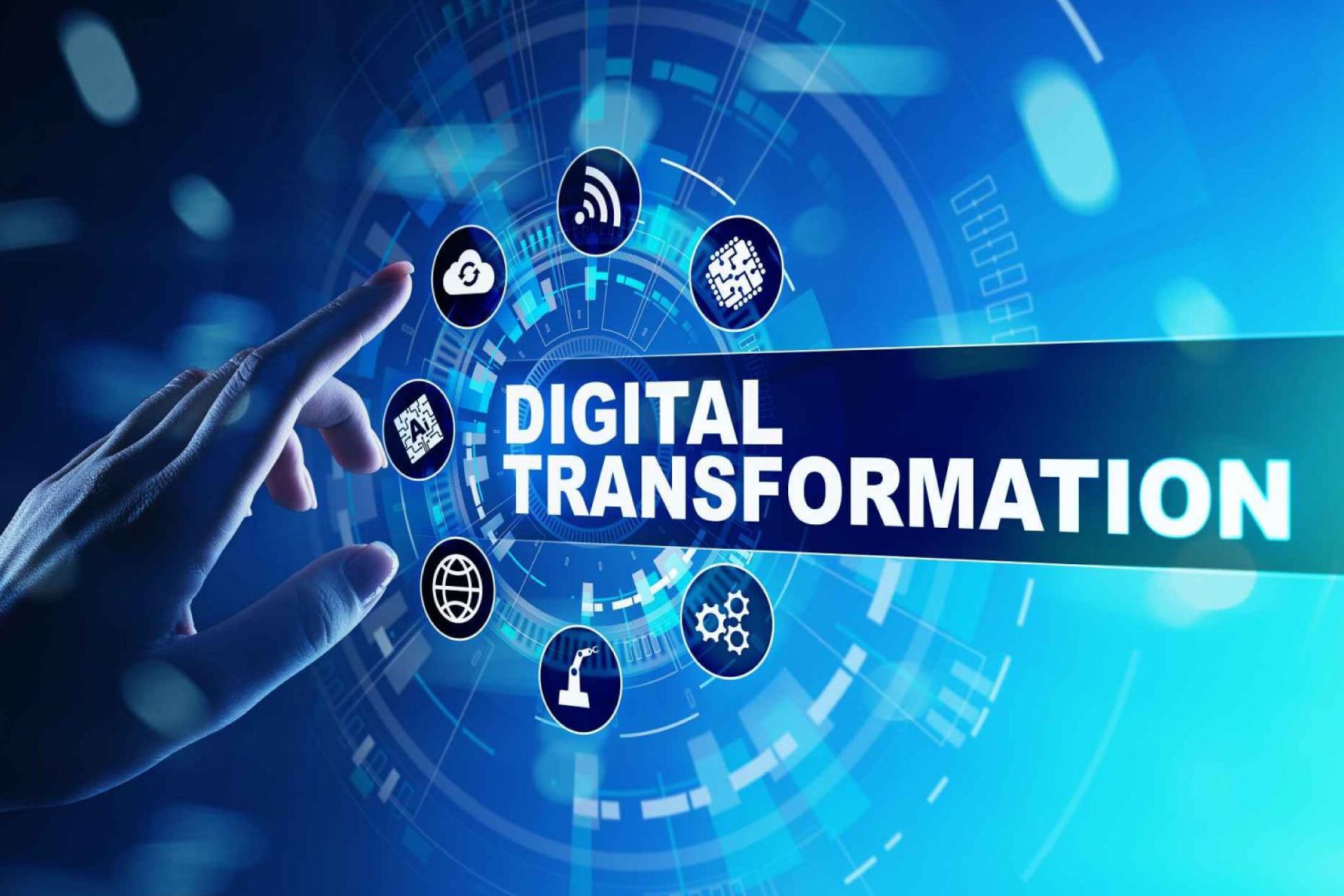Digital transformation and human resources: the era of Recruiting 4.0
Digital transformation is a process that involves all areas and levels of a company, including Human Resources (HR). According to The Agile Elephant manifesto, it “involves a change in leadership, different thinking, the encouragement of innovation and new business models, incorporating digitization of assets and an increased use of technology to improve the experience of your organization’s employees, customers, suppliers, partners and stakeholders“.
What is the meaning of human resources? The expression Human resources is used in the managerial lexicon and in the context of business economics to indicate the staff who work in a public or private company. In other words, it is the employees who with their human capital form the so-called “workforce”.
It was Raymond Miles, professor at the Berkeley School of Business, who first used the term Human Resources in the 1960s to highlight the overcoming of Taylorism and its theories based on the rigid control of individuals within companies. , who were asked to strictly comply with rules and procedures.
With the introduction of new organizational theories, employees began to be considered, in economic and managerial terms, as company resources and, consequently, companies began to invest to optimize their quality and performance. In the same years, psychological elements, such as the motivation or psychophysical health of the workers, also acquired increasing value. These new aspects have led to the birth of new disciplines, such as occupational psychology, occupational medicine and ergonomics, which study the psychological and psychophysical aspects of work performance.
Over the years, HR has acquired a central value for companies and today it is considered a strategic factor for growth and the achievement of objectives in the short and medium-long term.
A figure of great importance within the HR department is the recruiter who takes care of the personnel search and selection process. This activity, thanks to new procedures based on the use of digital tools, is changing. Today, in fact, digital transformation allows companies to exploit the potential of new technologies to implement more advanced recruiting strategies.
E-recruiting and business digitalization: what are the advantages?
Let’s see the advantages of corporate digitalization on recruiting processes:
- Less time to acquire a large amount of CVs;
- Cost reduction compared to a traditional selection process thanks to the automation and computerization of many selection phases;
- Collection of applications via the web and creation of a CV database, avoiding duplication of candidate profiles;
- Elimination of geographical and territorial limits;
- Speed and convenience in consulting data;
- Orderly, structured and interactive management of the various activities of the selection process;
- Ability to select the desired search criteria in an easier and faster way;
- Research on the candidate’s digital reputation through the online channels, which translates into greater chances of finding the right figure to hire.
Digital Recruiting: 4 trends to watch for HR recruiting processes
Finding the perfect candidate is one of the toughest challenges for businesses. In fact, in a highly digitized world like today’s, they have to rethink the entire recruiting process. For this reason, for example, many companies are on social networks, in particular on LinkedIn.
Undoubtedly, the digital transformation offers new spaces and tools which, as highlighted by The Future of Recruiting by LinkedIn report, allow to optimize the search and selection of personnel.
Let’s see together what are the four most interesting trends in the recruitment field:
- Virtual Reality: VR technologies in the recruiting phases stimulate greater participation and offer a unique Candidate Experience. In addition, they provide a more realistic and interesting view of the company;
- Artificial Intelligence: Artificial Intelligence is useful for recruiting passive candidates, that is, those who are not looking for a new job as they are already employed but are in line with the open position. The AI allows you to automate part of the workflow with a consequent saving of time. For example, software such as Applicant Tracking Systems (ATS) or Recruitment Management Systems allow the company to manage personnel research and selection activities in a centralized, organic and efficient way.
- Employer branding on social media: the process of promoting the company through social media is very important because it allows the company to communicate its identity, values and elements that make it unique. An effective Employer branding strategy, a concept closely linked to that of web reputation, allows a company to attract new resources and recruit the best talents on the market. In fact, corporate culture is one of the main reasons that pushes a candidate, beyond the job offer, to choose a company rather than another.
- Gig Economy: the phenomenon of the Gig Economy, an economic model based on on-call, occasional and temporary work in which workers are not bound by long-term contracts, is constantly growing and allows companies to acquire a specific talent for a specific period in order to achieve a clear and precise goal. The possibility of introducing highly specialized gig workers into the team represents one of the new frontiers of work and recruiting.
Give your digital transformation a boost, discover Namirial services and products.








